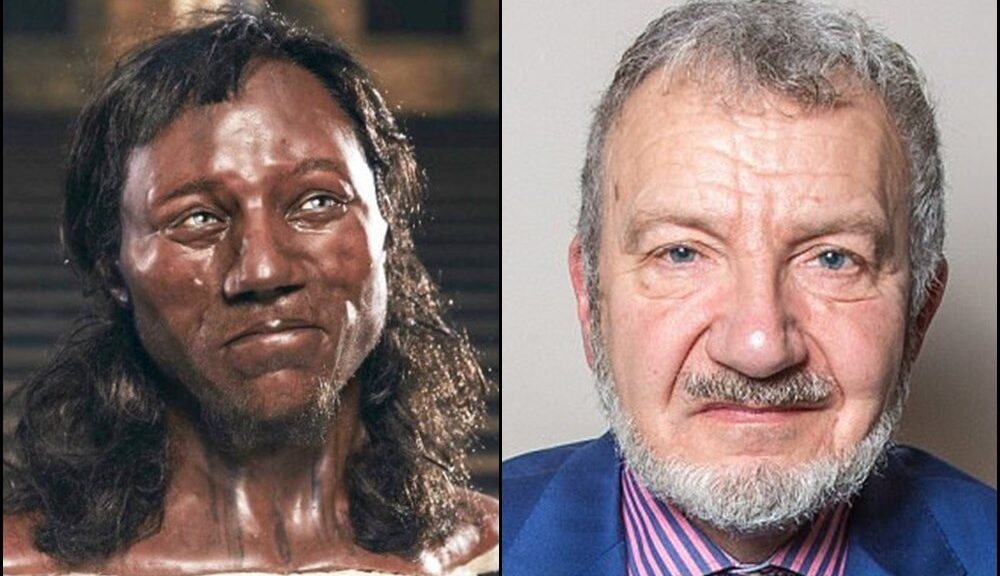In the world of endurance athletics, where every ounce of energy matters, researchers have uncovered a fascinating link between marathon running and the brain's utilization of a seemingly unexpected fuel source—myelin. This revelation comes from a recent study that delves into the intricate relationship between intense physical activity, brain function, and the dynamic nature of myelin, the fatty tissue wrapped around nerve fibers.
The study, detailed in a paper posted on bioRxiv.org, focuses on the brains of marathon runners and their unique metabolic processes during and after a race. Scientists observed a remarkable trend: marathon runners appear to tap into their myelin reserves for energy during the race itself. In the days following the marathon, brain scans revealed a significant reduction in myelin levels. However, what sets this study apart is the swift recovery of myelin levels, bouncing back to nearly prerace levels within two weeks.
The findings raise intriguing questions about the brain's ability to adapt to extreme physical exertion. Mustapha Bouhrara, a neuroimaging scientist at the National Institute on Aging, notes that if the observed phenomenon is genuine, it could have therapeutic implications. Understanding how myelin in runners can recover so rapidly may offer crucial insights for developing treatments for conditions where myelin loss occurs, such as aging or neurodegenerative diseases.
Myelin, traditionally viewed as a static insulating material around nerve fibers, is now recognized as a dynamic structure with the ability to grow and shrink based on cellular conditions—a concept known as myelin plasticity. Klaus-Armin Nave, a neurobiologist at the Max Planck Institute for Multidisciplinary Sciences, emphasizes that myelin is not just a passive insulator; its components regularly undergo turnover, breaking down and rebuilding the insulating material.
The study's methodology involved MRI scans on four marathon runners before and after the race, with follow-up scans two weeks later. The observed decline in myelin levels shortly after the race was followed by a rapid recovery, challenging conventional notions of myelin stability. However, skeptics, including Bouhrara, raise concerns about the potential effects of dehydration on the results. Could the reduced myelin levels be a consequence of dried-out brain tissues rather than actual energy consumption?
Carlos Matute, the neurobiologist leading the study and a marathon runner himself, counters these concerns. The researchers argue that dehydration is unlikely to be a significant factor, as the brain volumes of the runners remained consistent, and they were scanned days after the race, allowing ample time for rehydration.
Looking ahead, the researchers aim to explore whether the temporary dip in myelin levels has any tangible impact on brain function and the duration required for a complete recovery. Importantly, Matute emphasizes that the study's results should not be misconstrued as implying that running is detrimental to the brain. On the contrary, the findings prompt further exploration into the complex interplay between physical activity, energy utilization, and the brain's metabolic machinery.
In conclusion, the study opens a new chapter in our understanding of how the brain adapts to the rigors of marathon running, shedding light on the potential role of myelin as an alternative energy source. As scientists continue to unravel the mysteries of myelin plasticity and its implications for brain health, the implications of these findings extend beyond the realm of athletics, offering a glimpse into potential therapeutic avenues for conditions associated with myelin loss.


